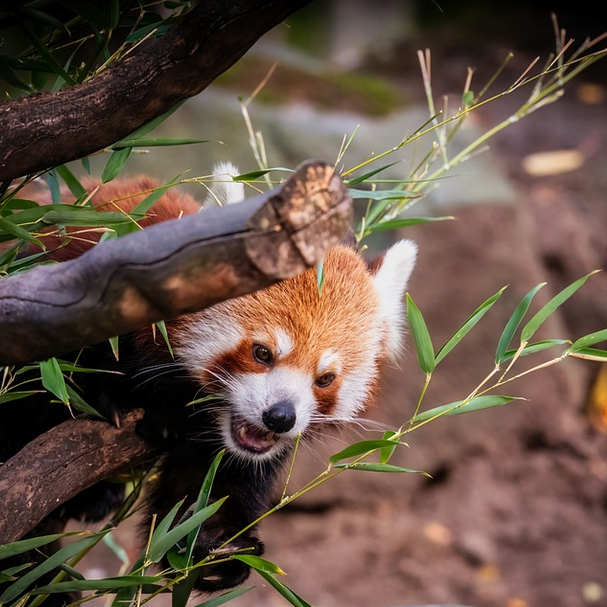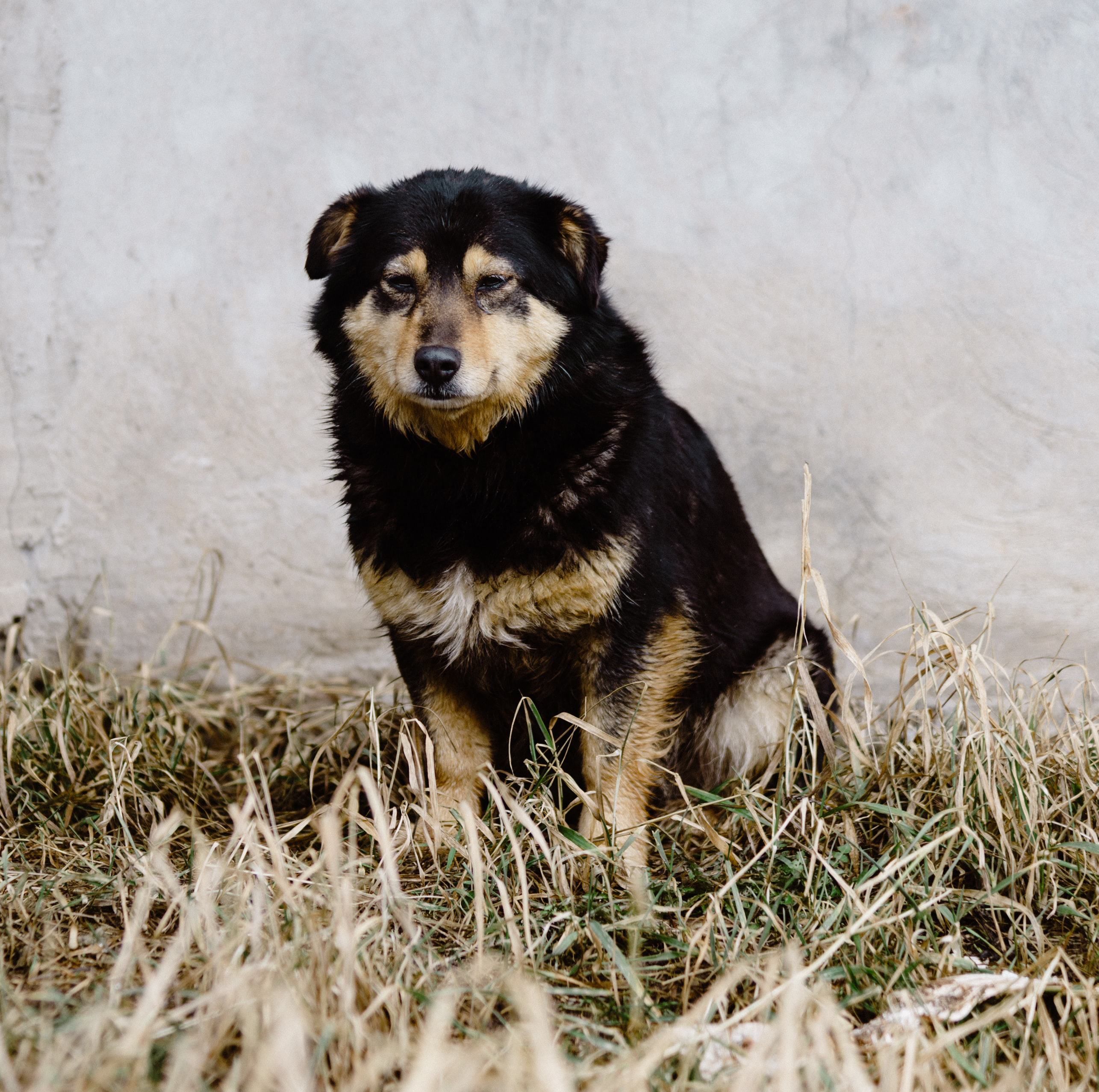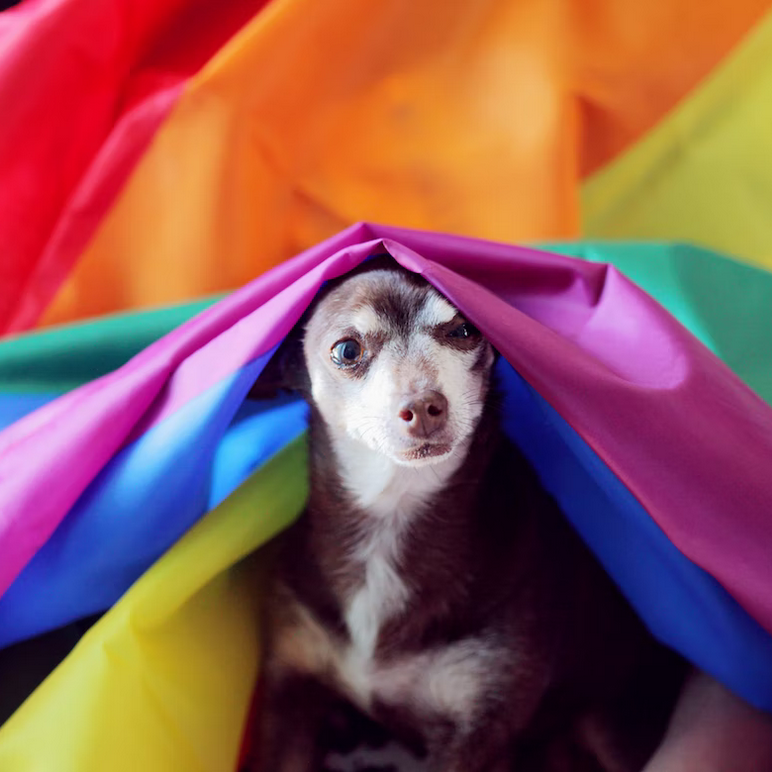Zoosexuality in Relation

Despite its prevalence through human history and culture, zoosexuality stands in quite a unique position compared to other commonly held views of modern sexual expression. While many view the diverse spectrum of sexuality linearly, there exist many different ways to define your attraction.
Most people know of heterosexual, homosexual, bisexual, pansexual, and asexual, but that doesn’t tell the whole story for some people. Plenty of people are also bi-romantic, homo-romantic, aromantic, and so on. And romantic attraction isn’t always tied to your sexual attraction. You can enjoy sex with men and women, but romantically desire only one. This would be homo-romantic and bisexual or hetero-romantic and bisexual depending on your gender identity. Plenty of other combinations exist as well. Most commonly known is the combination of aromantic and asexual known as aro-ace. Some have described the musician George Michael as homoromantic and bisexual, but he himself identified as homosexual. I identify as asexual and am still questioning my romantic attraction. Evidently, sexuality is not so simple as hetero and homo sexual. It’s home to a plethora of axes upon which beautiful combinations arise.
Now that we’ve discussed sexual and romantic attraction, we can move on to the main event. That is–species attraction. While there are many potential ways to describe cross-species attraction, we as a community commonly identify ourselves as zoophiles or as zoosexuals, depending on your preference. The term zoophilia comes from an attraction to animals being categorized as a paraphilia, while zoosexuality comes from its categorization as a sexuality. A third term, simply leaving it at “zoo,” exists as a neutral ground between the two.
Some people in and outside of the community use the terms “zoophile” and “zoosexual” interchangeably, but to many they mark an important distinction in how zoos define themselves. There are many reasons that self-described zoophiles stick to the term. Be it out of precedent or for the sake of reclamation, preservation of the term “zoophile” is the preservation of our origin as a community. Some may simply like the sound or the look of it better. In the hearts of many, “phile” or “philia” remains a fundamental aspect to their unique expression of zooiness; it is a counter culture, a punk rock rejection of sanitization. Meanwhile, to others who prefer the term zoosexual, a shift in language reflects liberation for self-described zoosexuals who do wish to cast away the negative connotations carried by the suffix -philia. A paraphilia is defined,
By Oxford Languages as:
“a condition characterized by abnormal sexual desires, typically involving extreme or dangerous activities.”
By Dictionary.com as:
“a type of mental disorder characterized by a preference for or obsession with unusual sexual practices, as pedophilia, sadomasochism, or exhibitionism.”
And by Merriam Webster as:
“a pattern of recurring sexually arousing mental imagery or behavior that involves unusual and especially socially unacceptable sexual practices (such as sadism or pedophilia).”
Naturally, many zoosexuals don’t enjoy their identity being described this way. Zoosexuality absolutely should not be considered abnormal, a mental disorder, or inherently linked with any forms of sadism. By describing ourselves in terms of sexuality rather than paraphilia, we seek to spread the idea that animal attraction is a normal part of the sexuality spectrum, that we are not sadists or fetishists, and that we deserve the same respect as other forms of attraction.
As the facts stand, the terminology of zoosexual fits more neatly alongside homosexual, pan-romantic, aro-ace, and other expressions that are more widely accepted by the current mainstream. That said, the queer umbrella also makes room for terminology that does not fit into these conventions, such as two spirit, -kin, or simply queer, and to some the term zoophilia could fit just as comfortably into that territory. The two terms are, in common usage, completely synonymous in terms of what it actually means for what the life of the zoophile or zoosexual looks like. Whether self describing as a zoophile or as a zoosexual, just as someone can be homoromantic and bisexual, one can also be homosexual for humans but heterosexual for canines, bisexual for equines, and homosexual for felines. They can be aro-ace for humans but any number of sexualities for various non-humans; this is usually referred to as zoo-exclusive. For some, like myself, you can even be an asexual zoosexual. To me, this means I am aroused by humans and non-humans but have no conscious desire for sex in general. For others it may mean similar to zoo-exclusive. And for some it may mean something else entirely. Truly we are shown to be a diverse community when treated as such rather than a monolith of sexual deviants.
By defining ourselves as a sexuality instead of a paraphilia we open a pathway to further diversity of expression, and solidify our validity among other forms of attraction. To that end, we are not fetishists, sadists, or deviants, and I think it is pertinent that we express this in every breath: one way to do that is to be mindful of what people hear when we choose our terminology. We are revolutionaries. We are lovers. We are zoosexuals. And it is my opinion that, even with all being equal, we ought to define ourselves as such.
Article written by Echo the Panda (January 2023)
Find her at:
https://twitter.com/Echo_the_Panda
Questions, comments of concerns? Check out the discussion thread over at ZooCommunity, or join our Discord!




